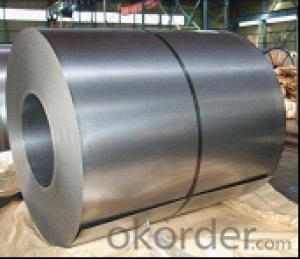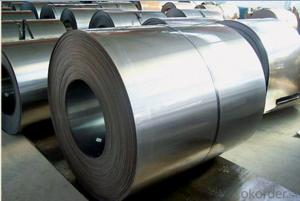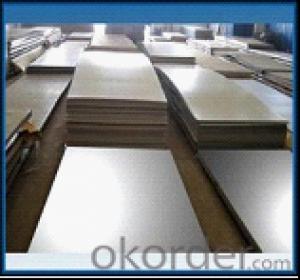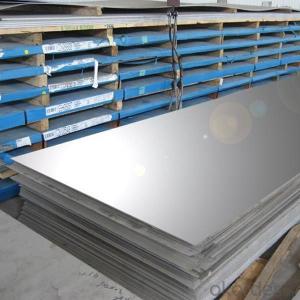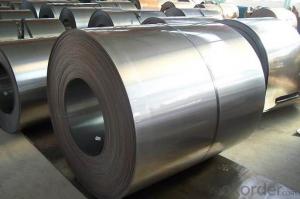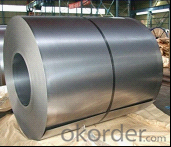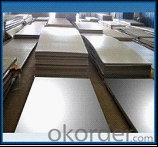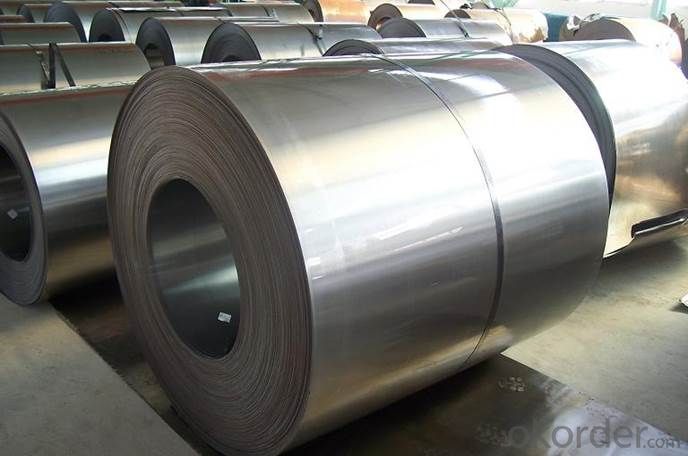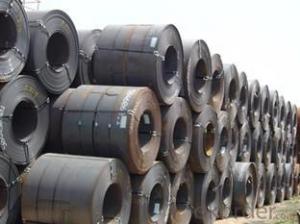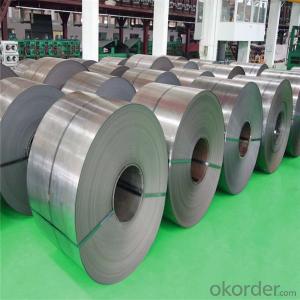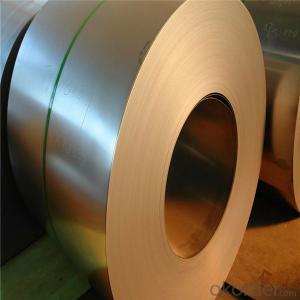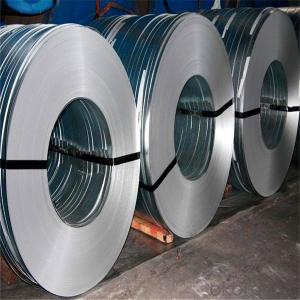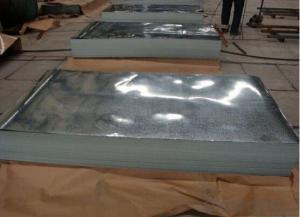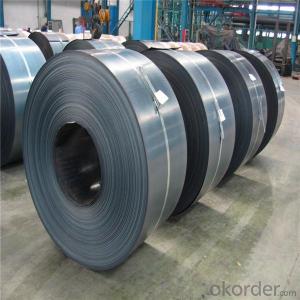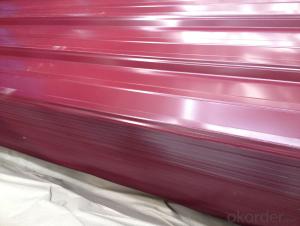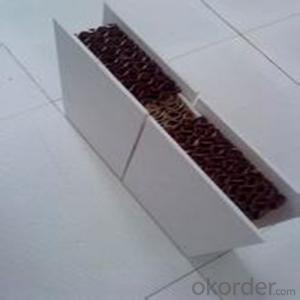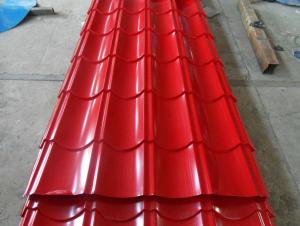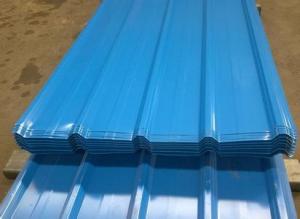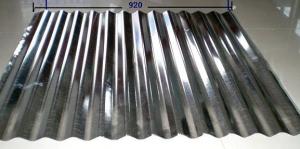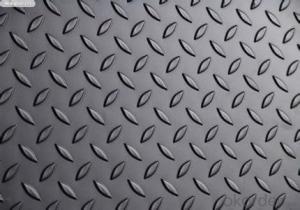Prime quantity cold Rolled Steel Coils/Sheets from China
- Loading Port:
- China main port
- Payment Terms:
- TT OR LC
- Min Order Qty:
- 1 m.t.
- Supply Capability:
- 100000000 m.t./month
OKorder Service Pledge
OKorder Financial Service
You Might Also Like
Specification
Product Name | Cold Rolled Sheet Coil |
Material | SPCC/SPCD/SPCE/DC01/ST12/ ST14/SPCD/DC03/DC04 ect. |
Grade Standard | JIS G3302, EN10142, ASTM653, ASTM95 |
Thickness | 0.15-3.5mm |
Width | 600mm-1500mm |
Coil ID | 508-610mm |
Coil OD | max 1500mm |
Weight | 3-10 Tons |
Tolerance | Thickness tolerance:+/-0.02mm; Width tolerance:+/-5mm |
Surface | No-skin passed or Skin passed, Tensile leveled |
Surface Treatment | Chromate/Unchromate passivation, fingerprint resistant treatment, oiled/unoiled |
Annual Output | 350,000MT |
Application | Construction, hardware, home applicances, interior decoration |
General Application of Cold Rolled Steel Coil:
Classification | Designation | Characteristics | Main applications |
Commercial quality | SPCC SPCCT | Commercial quality suitable for bending fabrication and simple forming; this is the type in greatest demand. | Refrigerators, cabinets, power distribution baords and drums. |
Drawing quality | SPCD | Drawing quality second only to that of SPCEN. Excellent uniformity. | Automobile floor and roof panels. |
Deep-drawing quality | SPCE SPCF | Deep-drawing quality.With metallurgically controlled grain size, it retains its beautiful finish even after being deep-drawn. | Automobile fenders and quarter panels |
Extra deep-drawing quality | SPCG | Extra-low-carbon steel sheets with highest workability | Automobile internal panels and deep-drawn parts |
- Q: What is the process of applying anti-slip coatings to steel sheets?
- The process of applying anti-slip coatings to steel sheets typically involves several steps. First, the steel sheets are thoroughly cleaned and prepared to ensure proper adhesion of the coating. This may involve removing any dirt, oil, or rust from the surface. Once the surface is clean, a primer or bonding agent is applied to enhance the adhesion of the anti-slip coating. The primer is allowed to dry or cure according to the manufacturer's instructions. Next, the anti-slip coating is applied to the steel sheets using a suitable method, such as spraying, rolling, or brushing. The coating is evenly distributed and applied in the desired thickness to ensure effective slip resistance. After the coating is applied, it is left to dry or cure according to the product specifications. This may involve air drying or using heat to accelerate the drying process. Once the coating is completely dry and cured, the steel sheets are ready for use. The anti-slip coating provides a textured surface that enhances traction and reduces the risk of slipping, making it suitable for various applications where slip resistance is crucial.
- Q: What are the different edge treatments available for steel sheets?
- Some common edge treatments available for steel sheets include sheared edges, deburred edges, rolled edges, chamfered edges, and beveled edges.
- Q: Can steel sheets be used for storage racks or shelves?
- Yes, steel sheets can be used for storage racks or shelves. Steel sheets are durable, strong, and have high load-bearing capacity, making them ideal for constructing storage racks or shelves that can safely hold heavy items. Additionally, steel sheets can be easily customized and are resistant to wear and tear, making them a popular choice for industrial and commercial storage solutions.
- Q: How do steel sheets perform in terms of corrosion resistance?
- Steel sheets possess good corrosion resistance in general, particularly when they are coated with protective layers like zinc or alloys. The corrosion resistance of steel sheets relies on the steel's composition and quality, as well as the environment in which they are employed. Stainless steel sheets, for instance, demonstrate remarkable resistance against corrosion due to the presence of chromium and other alloying elements. These sheets prove highly effective in environments with elevated humidity, exposure to saltwater, or acidic conditions. However, in aggressive environments, uncoated or low-alloy steel sheets may be vulnerable to rust and corrosion. Regular maintenance, such as the application of protective coatings or the use of corrosion inhibitors, can enhance the corrosion resistance of steel sheets and extend their lifespan.
- Q: Are steel sheets suitable for swimming pool construction?
- Yes, steel sheets are suitable for swimming pool construction. They are often used as a structural material for the walls and floor of swimming pools due to their strength, durability, and ability to withstand the pressure of water. Steel sheets are resistant to corrosion and can be easily shaped to fit the desired pool design. Additionally, steel sheets provide stability and ensure the longevity of the swimming pool.
- Q: What is the weight of a standard steel sheet?
- The weight of a standard steel sheet can vary depending on its dimensions and thickness. However, a commonly used gauge is 20, which has a weight of approximately 9.81 pounds per square foot.
- Q: Are steel sheets suitable for high-precision applications?
- Yes, steel sheets are suitable for high-precision applications. Steel sheets offer excellent strength, durability, and dimensional stability, making them ideal for applications that require tight tolerances and precise measurements. Additionally, steel sheets can be fabricated and machined to achieve intricate designs and complex shapes, further enhancing their suitability for high-precision applications.
- Q: What is the weight of a steel sheet?
- The weight of a steel sheet can vary depending on its dimensions and thickness.
- Q: Can steel sheets be used for staircase railings?
- Yes, steel sheets can be used for staircase railings. Steel is a strong and durable material that can provide stability and safety to staircase railings. It can be shaped and designed to create various styles and patterns, making it a versatile choice for railings.
- Q: Are steel sheets suitable for harsh weather conditions?
- Yes, steel sheets are highly suitable for harsh weather conditions. Steel is known for its durability, strength, and ability to withstand extreme weather elements such as heavy rain, strong winds, and snow. It is also resistant to corrosion, making it a reliable choice for outdoor applications in harsh climates.
Send your message to us
Prime quantity cold Rolled Steel Coils/Sheets from China
- Loading Port:
- China main port
- Payment Terms:
- TT OR LC
- Min Order Qty:
- 1 m.t.
- Supply Capability:
- 100000000 m.t./month
OKorder Service Pledge
OKorder Financial Service
Similar products
Hot products
Hot Searches
Related keywords
